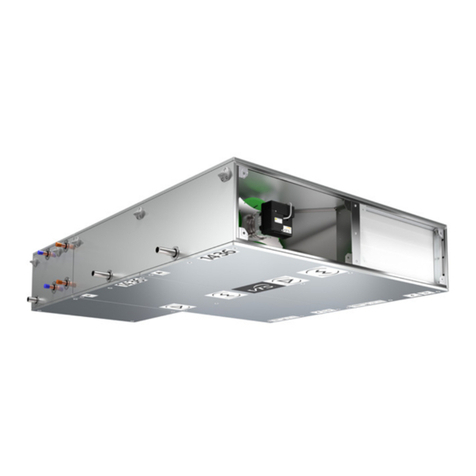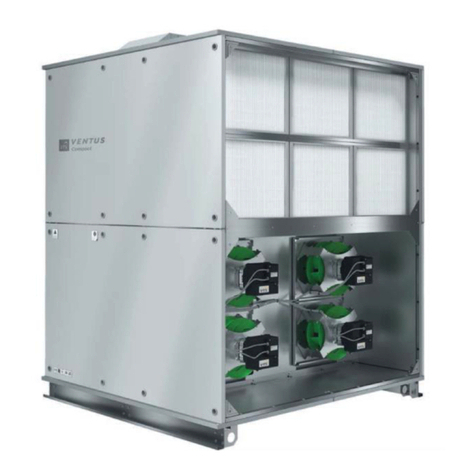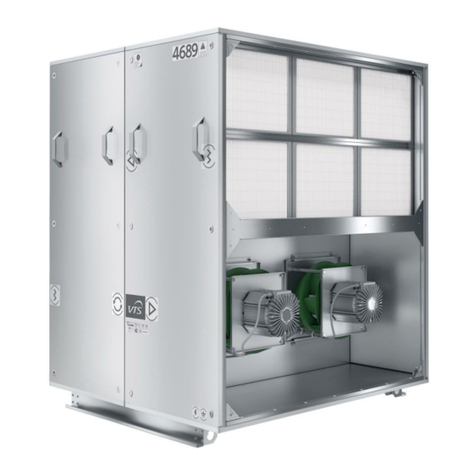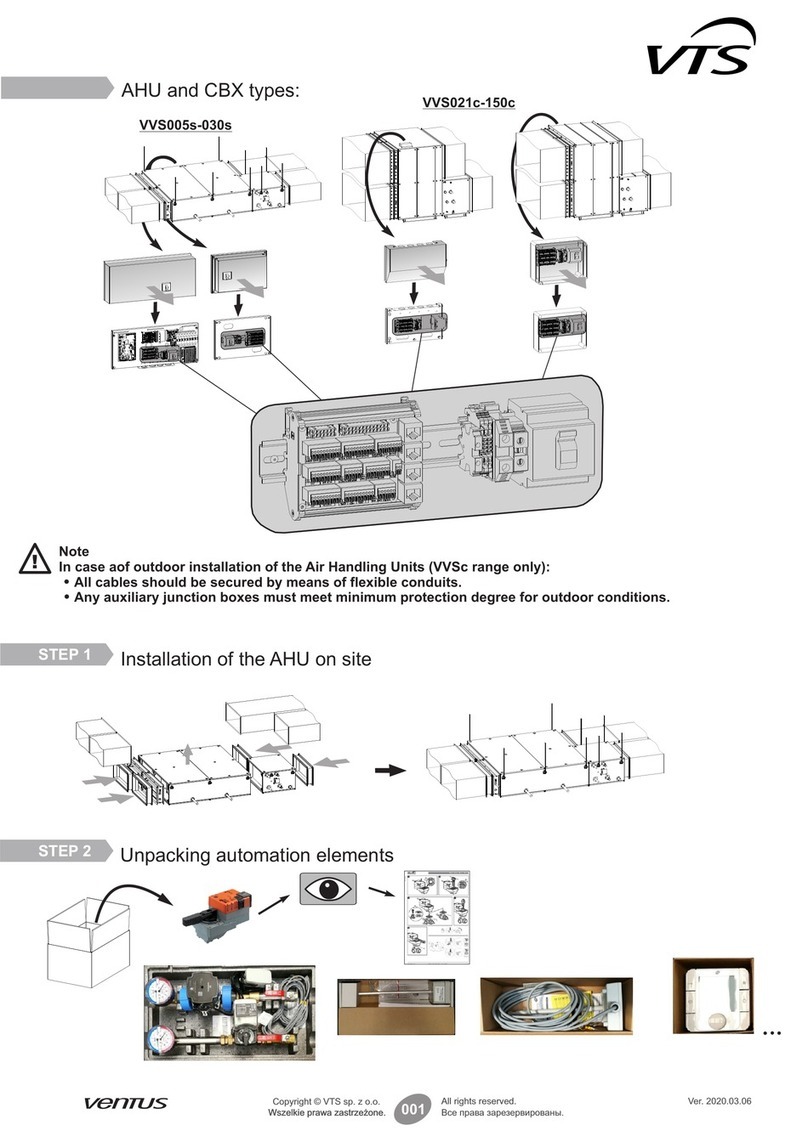1. INTRODUCTION
1.1 PRECAUTIONS, REQUIREMENTS, RECOMMENDATIONS
Read the documentation carefully, install and use the equipment according to the specifications, and follow all the safety regulations in order to ensure proper and safe use of the device. Any
use that is incompatible with these instructions can cause serious injuries. Restrict access by unauthorized persons and train the operational personnel.The term operational personnel refers
to people who are suitably trained and have appropriate experience and knowledge of relevant norms, documentation and occupational health and safety regulations, and are authorized to
conduct the required work and can identify possible threats and avoid them. This operation and maintenance manual, which is delivered with the device, includes detailed information on all
possible configurations of the heaters, examples of their assembly, start, use, repair and maintenance. To operate this device correctly, this manual includes instructions sufficient for qualified
personnel.The documentation should be placed close to the device for ease of access by the service team. The manufacturer reserves the right to introduce changes to the
manual or the specifications of the device, which may alter its operation, without prior notice. VTS POLSKA Sp. z o.o. shall not be held liable for current maintenance, servicing,
programming, damage caused by standstill of the device awaiting warranty service, any damage to customer’s possessions other than the device, or faults resulting from the wrong assembly or
use of the device.
1.2 TRANSPORT
Prior to the installing and taking the device out of the cardboard box, it is required to check whether the cardboard box has not been damaged in any way and/or the adhesive tape (installed
at the company) has not been broken off or cut. It is recommended to check whether the device’s casing has not been damaged in transport. Should any of the above situation occur, please
contact
us
through
telephone
or
e-mail:
Tel.
0
801
080
073,
em
ail:
[email protected],
fax:
(+48)
12
296
50
75.
The device should be transported by two people. Use appropriate tools, when transporting the device, so as to avoid the damaging of goods and potential hazard to health.
1.3 INITIAL STEPS TAKEN BEFORE THE INSTALLATION
Record the serial number of the device in the warranty card, prior to the commencement of the installation process. It is required to properly fill-in the warranty card, after the completion
of the assembly. Prior to the commencing of any installation or maintenance work, it is required to disconnect power supply and protect it against unintentional activation.
2. STRUCTURE, INTENDED USE, PRINCIPLE OF OPERATION
2.1 INTENDED USE
VOLCANO VR has been designed to ensure ease of use and optimum performance.
The device is available in eight versions:
VOLCANO VR Mini (3-20kW,2100m3/h)
VOLCANOVR Mini (4-27kW,2000m3/h)
VOLCANO VR 1 (5-30 kW, 5300m3/h)
VOLCANO VR 2 (8-50 kW, 4850 m3/h)
VOLCANO VR 3 (13-75 kW, 5700 m3/h)
VOLCANO VR 4 (10-90kW, 5300 m3/h)
VOLCANO VR-D Mini (2330 m3/h)
VOLCANO combines state-of-the-art technology, innovative design and high effectiveness. Unique technical solutions such as the design of the heat exchanger, improved fan and increased
range of air stream, allow the VOLCANO heater to achieve optimal heating power, perfect for the size and type of room. APPLICATION: production halls, warehouses, wholesale outlets,
sports facilities, greenhouses, supermarkets, church buildings, farm buildings, workshops, health care facilities, pharmacies, hospitals. It isallowed to use Volcano air heaters in rooms with high
humidity (without condensation) i.e. car washes, provided that the unit is not exposed to direct impact of the water strIt is allowed to use Volcano air heaters in rooms with high humidity (without
condensation) i.e. car washes, provided that the unit is not exposed to direct impact of the water stream. Prohibition of using Volcano air heaters in rooms with agressive environment (i.e. high
concentration of ammonia) that can cause corrosion of aluminium or copper.
MAIN ADVANTAGES: high effectiveness, low maintenance costs, full parameter control, easy and quick assembly.
2.2 PRINCIPLE OF OPERATION
The heating medium (hot water) gives up heat to the heat exchanger using a highly developed heat exchanger, ensuring great heating power (Volcano VR Mini –3-20 kW, VR Mini 3 –4-27
kW, VR 1 –5-30 kW, VR 2 –8-50 kW, VR 3 –13-75 kW, VR 4 –10-90 kW). A highly effective axial fan (1000-5700 m3/h) draws air in from the room, pumps it through the heat exchanger
and then sends it back into the room.
Volcano VR-D and VR-D Mini de-stratifies the heated air from the sub-ceiling zone to the above-ground zone. Hot air exhaust results in a leveling of the temperature gradient in particular air
layers and contributes to reducing the costs of heating by lowering the temperature in the ceiling zone, thus limiting heat loss through the roof. TheVolcano VR-D and VR-D Mini de-stratifier will
be the most effective in combination with VR Mini, VR Mini 3, VR1, VR2, VR3 and VR4 air heaters. Cooperation of both of these device types will allow for achieving optimal temperature
comfort fast due to the support of the heating system through more efficient distribution of hot air.

































